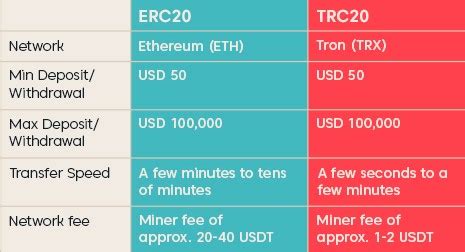The Fluctuating World of Cryptocurrencies: Understanding Price Volatility, Mining, and the TRC-20
The world of crypto has seen its fair share of volatility in recent years. The value of various cryptocurrencies can skyrocket one day, only to plummet the next, leaving investors and miners alike scrambling to find answers. But what is driving this price volatility? How does mining affect it? And what does the future hold for these digital assets? In this article, we’ll dive into the world of cryptocurrencies and examine three key factors: cryptocurrency price volatility, mining, and the TRC-20.
Cryptocurrency Price Volatility
Price volatility is a fundamental aspect of the cryptocurrency market. It refers to the fluctuation in the value of a single cryptocurrency over time. This can be attributed to a variety of factors, including:
- Market Sentiment: The overall sentiment of investors and traders, which can influence prices.
- Technical Analysis

: Chart patterns and indicators that indicate price movements.
- Fundamental Analysis: Changes in the underlying technology, economics, or business model of a cryptocurrency.
- Regulatory Changes: Government policies and laws that affect the market.
For example, the price of Bitcoin rose from around $10,000 to over $50,000 in 2017 due to increased adoption and speculation. Conversely, its value fell from nearly $20,000 in 2020 to around $6,000 in early 2021 due to factors such as regulatory uncertainty and supply concerns.
Mining
Miners play a key role in the cryptocurrency ecosystem by securing and validating transactions on the blockchain. The mining process involves:
- Choosing Cryptocurrencies: Selecting cryptocurrencies to mine.
- Choosing Hardware or Software: Selecting the right equipment for mining.
- Block Creation: The creation of new blocks containing verified transactions.
Mining costs have increased significantly over the years, making it more difficult for individual miners to participate. However, this can also lead to higher rewards for those who invest and maintain the necessary equipment.
TRC-20
TRC-20 is a smart contract platform developed by RSK (Ripple System X). It allows developers to create their own blockchain applications using a modular architecture. Unique features of TRC-20 include:
- Decentralized Governance: A community-based approach to decision-making.
- Smart Contract Capabilities: The ability to automate processes and create complex logic flows.
- Interoperability: Seamless integration with other smart contracts and blockchain platforms.
The TRC-20 ecosystem has gained significant traction in recent years, with many developers and investors exploring its potential. However, the platform’s decentralized governance model also raises concerns about security and scalability.
Conclusion
Cryptocurrency price volatility is a complex phenomenon driven by a variety of factors. Miners play a key role in securing the blockchain, while TRC-20 offers a unique set of features that enable custom smart contracts. As the cryptocurrency market continues to evolve, it is essential for investors, miners, and developers to stay informed about these factors and adapt their strategies accordingly.
Recommendations
- Stay informed: Regularly monitor market trends, regulatory changes, and technological advancements.
- Diversify portfolios: Invest in a mix of cryptocurrencies, smart contracts, and other blockchain-related assets.
- Educate yourself: Continuously educate yourself about the cryptocurrency ecosystem, including its underlying technologies, economics, and business models.
By understanding these factors and adapting to changing market conditions, individuals can navigate the world of cryptocurrency with greater confidence.
